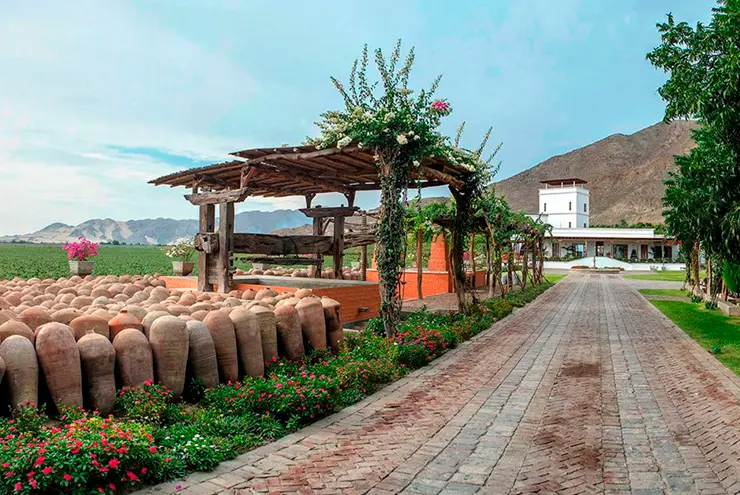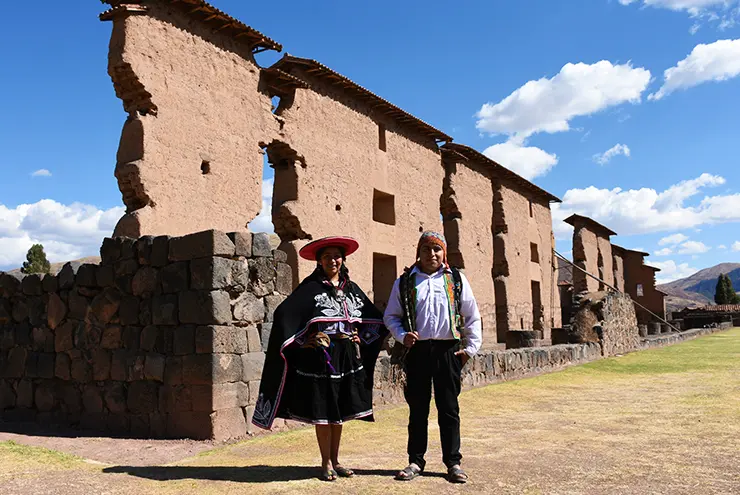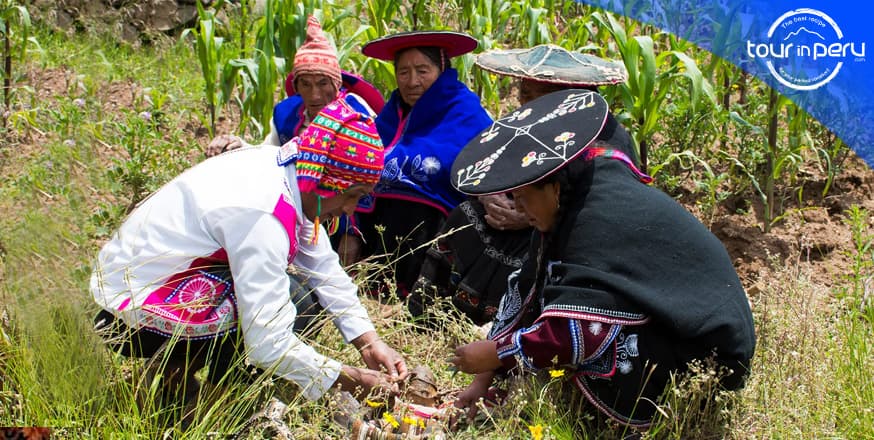Table of Contents
It’s not difficult to associate bourbon or whiskey with America, beer with Germany or Holland, but if someone mentioned a drink called Pisco, which part of the world would your brain go to?
Pisco is the signature drink of Peru. It’s the most popular drink in the country and Peruvians are very proud of it. It’s from Pisco that the especially classic cocktail, the Pisco Sour, is derived.
So how is Pisco made and what makes it so special? Hang on for a thorough exploration of the Brandy of Peru.
Pisco – What is it?
Simply put, Pisco is a kind of brandy. Once fermented grape juice is distilled into a spirit with a high percentage of alcohol, it is ready to be turned into Peru’s signature drink.
The origin of the drink is protected by law, so if the drink wants to be called Pisco it has to be made in certain parts of Peru. This regulation has been in place and recognized by the country’s government since 1991.
So it just isn’t Pisco if it doesn’t come from Ica, Lima, Arequipa, Moquegua, or Tacna.

Pisco’s History
The name of the drink is believed to be Quechuan in origin, and its production seems to be traceable back to the 16th century.
The exact origin of the word is unclear. Records tell stories about a local bird that flew over the sea when the sun went down they were called pishqus. In one explorer’s chronicles he called them Pisco.
Pisco is also the name of the valley where the town of Santa Maria Magdalena was founded. The settlement was later renamed Pisco and it would go on to be a large Maritime port.
Many centuries ago the spirit was originally stored in clay jars that were also called Pisco. Whatever the origin of the name, there is a document dated to 1630 by Francisco de Caravantes where he mentions a clear drink with an exquisite taste that he refers to as Pisco.

How is it Made?
The drink’s origin from grapes is something that makers try to preserve throughout the process of making the drink.
Not only does the drink have to be made in a certain place, it also needs to be made a certain way if it wants to earn the name Pisco.
The first part of making Pisco is much like making wine, harvesting grapes and extracting their juice, and then allowing them to go through a fermentation process for several days. The conditions during fermentation are monitored very closely, including the temperature in the fermentation levels. This is so that the natural aroma of the grapes can be preserved.
People familiar with American history during Prohibition will appreciate the next stage: putting the fermented juice into special copper vats designed for distilling the drink. Just as in the production of moonshine, the alcohol vaporizes and then condenses.
The goal is to distill the drink to be between 30% and 48%. This means that water cannot be added after distillation.
Pisco is also a distilled directly from wine and not wine leftovers. This sets it apart from many other brandies.
The final spirit is the definition of purity. It contains no coloring agents, no wood or caramel, preservatives, additives, water, or sugar.

The Different Varieties of Pisco
Since the drink has no additives, the determining factor of what comes out at the end of the process is the grapes. The aromatic grapes usually get used in white wine production and the black grapes are non-aromatic.
The book of the Pisco made in the country is derived from Black non-aromatic grapes.

If this drink is unavailable to you in your part of the world, you’ll have to schedule some time to try it on your way to visiting Machu Picchu.
Making arrangements with TOUR IN PERU will get you into a full Peruvian experience.








